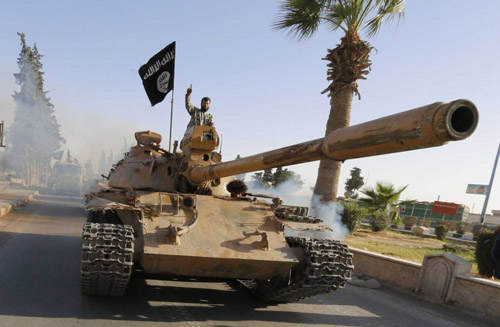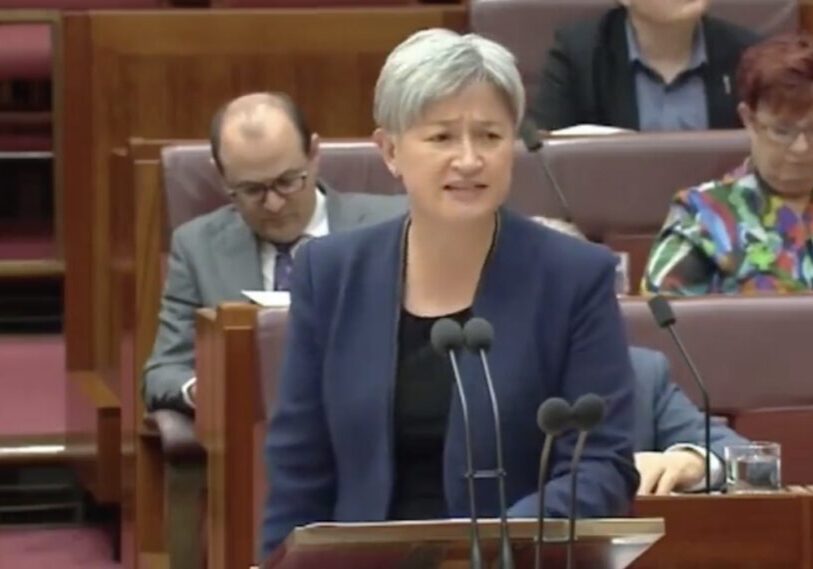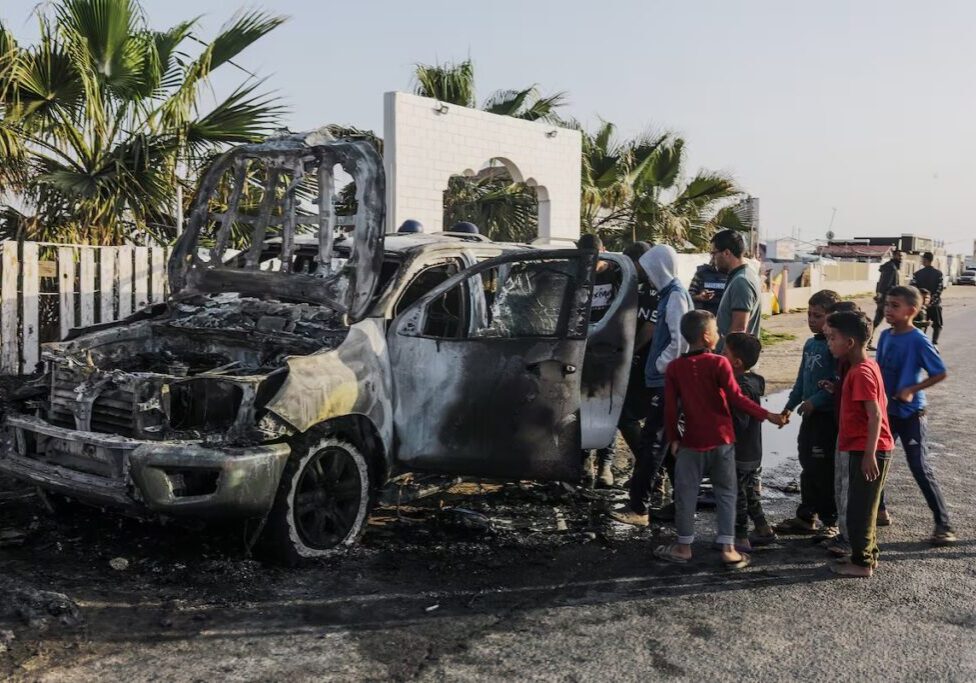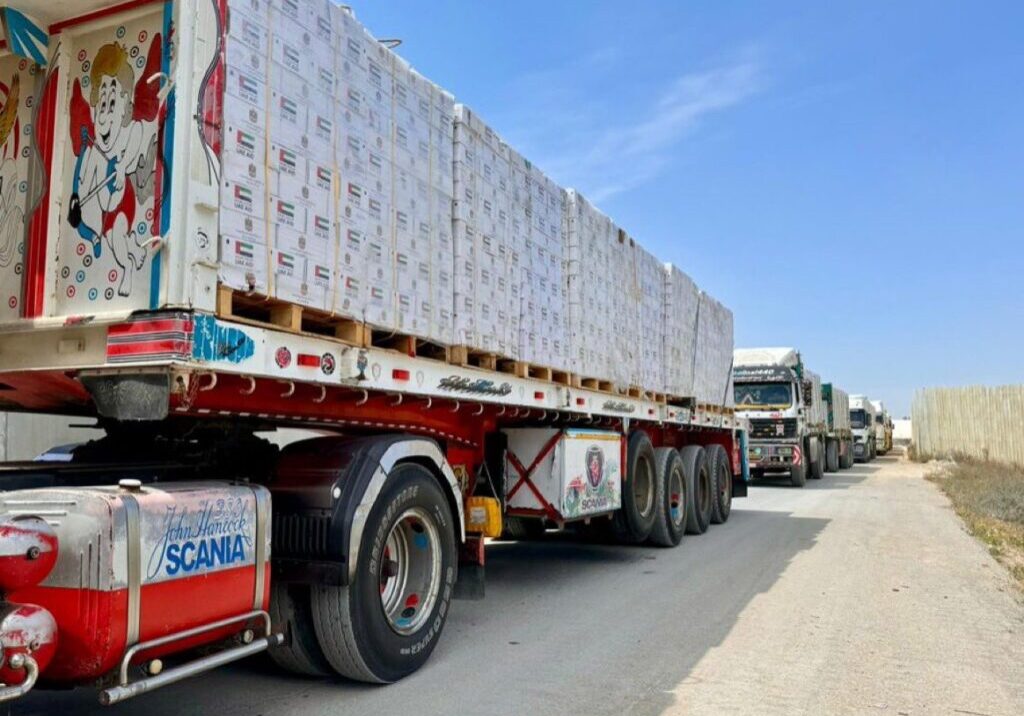Australia/Israel Review
Grounded in Iraq?
Oct 31, 2014 | Jonathan Spyer

What it will take to defeat ISIS
Jonathan Spyer
The United States and its allies have launched a military campaign whose stated goal is, in the words of US President Barack Obama, to “degrade and ultimately destroy” the Islamic State (IS, also known as ISIS or ISIL) established by Sunni jihadis in a contiguous land area stretching from western Iraq to the Syrian-Turkish border.
As the aerial campaign begins in earnest, many observers are wondering what exactly its tactical and strategic objectives are, and how they will be achieved. A number of issues immediately arise.
Any state – even a provisional, slapdash, and fragile one like the jihadi entity now spreading across Iraq and Syria – cannot be “destroyed” from the air. At a certain point, forces on the ground will have to enter and replace the IS power. It is not yet clear who is to play this role – especially in the Islamic State’s heartland of Raqqa province in Syria.
In Iraq, the national military and the Kurdish Peshmerga are now having some successes at chipping away at the Islamic State’s outer holdings. The role of US air support is crucial here. But the centre of the Islamic State is not Iraq, and both the Iraqi forces and the Peshmerga have made clear that they will not cross the border into Syria. This leaves a major question as to who is to perform this task, if the objectives outlined by President Obama are to be achieved.
The answer we have heard most often of late is that elements among the Syrian rebels will be vetted by the US, trained in cooperation with the Saudis, and then deployed as the force to destroy the IS on the ground.
If this is indeed the plan, it is deeply problematic.
The Syrian rebels are characterised by extreme disunity, questionable effectiveness, and the presence of hardline Sunni Islamist elements among their most committed units. There are certainly forces of an anti-jihadist ideology among them – the most well-known being the Syrian Revolutionaries Front, headed by Jamal Ma’arouf from the Jebel Zawiya area in northern Syria, and the smaller Harakat Hazm. Both movements have benefitted from Western aid in recent months.
The problem, however, is that these organisations are quite prepared to work with Salafi groupings whose worldview is essentially identical to that of the IS, even if their methods are somewhat different. Thus, if we observe the recent fighting between Assad’s forces and rebels in the Quneitra area along the border with the Israeli Golan Heights, it is clear that the main contribution to rebel achievements came from the Jabhat al-Nusra group, which constitutes the “official franchise” of the core al-Qaeda group in Syria.
Reliable sources confirm that Nusra cooperates with other rebel groups in southern Syria and has even been prepared to minimise its own role, so as to allow other groups to present achievements as their own to Western and Arab patrons and thus secure a continued flow of arms.
What this means is that by championing these rebel elements as the ground force which will seek to enter and destroy a weakened IS in Raqqa province, the US would be putting itself in the position of supporting one group of Sunni jihadis against another.
It is, in any case, not clear if these Sunni rebels will prove able to defeat the IS, but even if they were to do so, the presence of radical anti-Western elements among them attests to the danger of a policy of support and sponsorship of them.
Of course, the Sunni jihadis are not the only dangerous players on the ground. Another possible, no less troubling, outcome of the air campaign against the Islamic State could be the return of Bashar al-Assad’s forces to eastern Syria, from which they have been largely expelled over the last year. It is not at all hard to imagine a scenario in which once the IS has been weakened by Western air attacks, the Syrian military and its Iranian-backed allies will be able to make gains.
Indeed, the Iranian Revolutionary Guard Corps (IRGC) are already present in northern Iraq (and, of course, in Syria as well) and IRGC personnel have taken part in the fighting in Iraq in recent weeks. Qods Force teams are reportedly located at Samarra, Baghdad, Karbala, and the former al-Sahra Air Base near Tikrit. Iran has deployed seven SU-25 ground attack aircraft which have played a role in offering air support to the Kurds and Iraqi special forces.
Following intensive Western bombing, the possibility of the Islamic State eventually being sandwiched between pro-Iranian forces on either side before being destroyed would be a real one. This would achieve the desired goal of destroying the jihadi entity, but it could end up handing a major victory to the Assad regime and its Iranian backers – enemies of the West of significantly greater potency and seriousness than the Islamic State itself.
How does the West get out of this mess? The discussion about which ground force should be used to replace the Islamic State is itself confused by a much larger misunderstanding regarding the nature of the war now taking place in Iraq and in Syria.
The IS has now been depicted as the main problematic factor emerging from this conflict. But the Islamic State is in fact merely a particularly extreme and brutal manifestation of a broader process taking place in this area, in which political Islam of a Sunni variety is at war with the Shi’ite political Islam of Iran and its proxies (especially Hezbollah and the Assad regime).
The IS may promote a particularly lurid and repulsive version of Sunni political Islam, but in its beliefs and in its practices it does not represent some unique presence in the Syrian and Iraqi context. Rather, it is little more than a particularly virulent manifestation of a strain of politics and ideology which is the primary cause of the conflict taking place across the region.
In the two scenarios discussed above, both quite plausible outcomes of a Western air campaign, the IS would be defeated and replaced by another version of Islamism – either that of its fellow Sunnis, or that of the rival Shi’ites.
A third possibility, however, is that the White House does not actually intend to pursue a policy intended to physically destroy the Islamic State in its heartland in northern Syria. Certainly, more recent statements emerging from the Administration appear to be preparing to “walk back” the President’s comments.
White House Chief of Staff Denis McDonough said in mid-September that success for US policy vis-à-vis the IS would come when the group “no longer threatens our friends in the region, no longer threatens the United States.” This sounds like the introduction to a more modest policy of degrading IS capabilities, rather than seeking to “destroy” the Islamic State.
Of course, such a modified objective would end the dilemma over which ground forces to ally with. On the other hand, it would also have the effect of a tacit admission that the US did not intend to promote its policy as originally stated by the President in the aftermath of the horrific murder of two US citizens by ISIS.
But whether or not the goal of destroying the Islamic State is pursued with vigour, the current failure to see accurately what is happening in the Levant and Mesopotamia looks set to remain. This, in turn, looks set to prevent the emergence of a coherent policy and a coherent allocation of resources.
What is taking place across Syria and Iraq, and across their borders into Lebanon, Turkey, and Iran, is a sectarian war, made possible because of the decline of the police states which for half a century kept the lid on sectarian differences. The regional ambitions of Iran, which has clients and proxies in all three countries, exacerbate this dynamic. The attempts by Saudi Arabia to block Iran’s advance toward the Mediterranean, and by Qatar and Turkey to sponsor various Sunni jihadi elements, have produced a far more confused, and far less effective, Sunni side in this struggle.
The struggle itself, in turn, can be traced back to the failure by these states to develop coherent notions of citizenship or stable national identities in the post-Ottoman period. In other words, this war has been a long time coming, but now it is here.
Because the nature of this struggle is not widely grasped in the West, policy appears somewhat rudderless. This is reflected in the current discussion regarding the response to the Islamic State.
First, Assad was the enemy. This was made clear enough not only by his support for Hezbollah and attempts to nuclearise, but also by his unspeakable brutality and use of chemical weapons against his own citizens.
Then, when the brutality of some of the rebels became apparent, Western public interest in supporting the rebels receded. Soon the IS emerged as the new bogeyman. Declarations for its destruction became de rigueur, though it is far from clear how this is going to be carried out – and a de facto alliance with Iran and its clients, at least in Iraq, has emerged. This was seen in the expulsion of the IS from the town of Amerli, a pivotal moment in the major setbacks faced by the organisation in recent days. In that town, Shi’ite militias were backed by American air power – to telling effect against the Sunni jihadis.
But is it really coherent policy to be backing murderous Shi’ite sectarians against murderous Sunni ones? It is not. Of course, when the West backs the Sunni rebels in Syria, the precise opposite is happening. Weaponry donated to “moderate” rebels then inevitably turns up in the hands of Sunni jihadis, who do most of the fighting associated with the Syrian “rebellion”. The result is that in Iraq the US is helping one side of the Sunni-Shi’ite war, and in Syria it’s helping the other side.
Only when it is understood that the West cannot partner with either version of political Islam does it become possible to formulate a coherent policy toward the Sunni jihadi forces, on the one hand, and toward the Iran-led bloc, on the other.
Such a policy must rest on the identification and strengthening of non-Islamist forces willing to band together and partner with the West. Not all of them are perfect characters, but they all understand the threat that political Islam poses.
Most obviously, there is a line of pro-American states along the southern side of the arena of the war. These are Israel, Jordan, and in a far more partial and problematic way, Saudi Arabia. Both Israel and Jordan have demonstrated that they are able to successfully contain the spread of the chaos coming out of the north. Both are well-organised states with powerful militaries and intelligence structures. Jordan has clearly benefitted from the deployment of US special forces to prevent incursions by the IS. Israel has also made clear that its resources will be available to assist the Jordanians should this be required. (Egypt, too, while not in the immediate vicinity of the conflict, can be a silent partner as well.)
This is what the proper coordination of allied states is supposed to look like. And it works in containing the conflict. To the east of the war’s arena is of course Iran. To its west is the Mediterranean Sea. To its north is a long, contiguous line of Kurdish control, shared between the Kurdish Regional Government of President Massoud Barzani in northern Iraq, as well as the three enclaves created by the PKK-linked Democratic Union Party (PYD) in northern Syria. The YPG militia, which is the military force in these enclaves, has fought the IS almost since its inception, and has largely prevailed in keeping the jihadis out of the Kurdish areas.
As part of a strategy of containment, the West should increase support for and recognition of both the Kurdish enclaves in the north of Syria and the Kurdish Regional Government itself. Both are elements capable of containing the spread of the jihadis from the north.
Such a principle of alliance will also encourage the West to reconsider the involvement of Turkey. As events of the last few years have shown, Turkey cannot be a reliable ally in the struggle against political Islam, because its ruling party, AKP, is itself an Islamist party. This is not a theoretical formulation. Turkey’s support for Islamist militias in northern Syria and its opening of its border for them has been a major contributing factor in the proliferation of these elements.
In order to grasp the rationale for a policy of dual containment, the nature of the war between rival sectarian forces must be grasped. There is also a need for the clear understanding that the effort to preserve at all costs the territorial integrity of “Iraq” and “Syria” is mistaken. Rather, what should take place is support for those forces committed to order, as listed above, and non-support for the forces of political Islam.
In other words: If political Islam (rather than one specific jihadi group, to quickly be replaced by another) is the real problem, then the real solution is to ally, forcefully and over the long haul, with those forces most committed to stopping it: Israel, Jordan, the Saudis, and the Kurds.
Dr. Jonathan Spyer is a senior research fellow at the Global Research in International Affairs (GLORIA) Center, Herzliya, a fellow at the Middle East Forum, and author of The Transforming Fire: the Rise of the Israel-Islamist Conflict (Continuum, 2011). Reprinted from The Tower (www.thetower.org) magazine. © The Tower, reprinted by permission, all rights reserved.
Tags: Iraq






